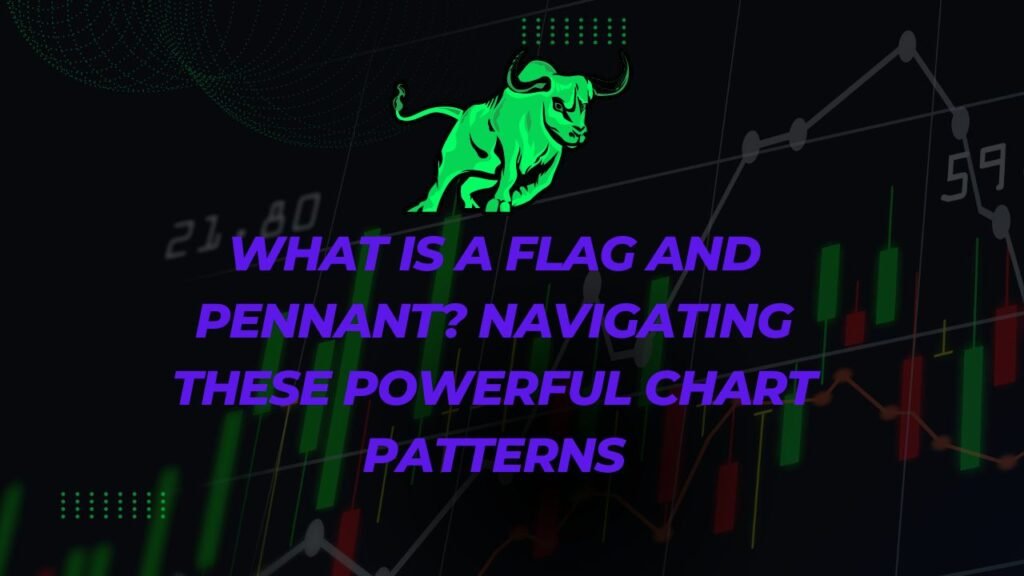
What is a Flag and Pennant in the world of trading? These terms are crucial for traders who rely on technical analysis to make informed decisions. In this post, we’ll explore the intricacies of Flag and Pennant patterns, how to spot them, and their significance in market analysis.
Unraveling the Mysteries of Flag and Pennant Patterns
Defining Flag and Pennant Patterns
Flag and Pennant patterns are short-term continuation patterns that appear in price charts of securities. They signal a brief consolidation before the market continues in the direction of the prevailing trend.
Characteristics of Flag Patterns
A Flag pattern is characterized by a sharp price movement followed by a generally rectangular consolidation area, resembling a flag on a pole.
The Pennant: A Close Cousin to the Flag
Identifying Pennant Patterns
The Pennant pattern is similar to the Flag but is identified by a small symmetrical triangle that forms after a steep price movement. It represents a pause in a strong trend before it resumes.
The Psychology Behind Pennant Patterns
Pennants reflect a period of indecision in the market, often leading to a continuation of the prevailing trend once the pattern is completed.
Trading Strategies: Capitalizing on Flag and Pennant Patterns
Entry and Exit Points
Traders often enter a position when the price breaks out of the Flag or Pennant pattern, using the pattern’s height to estimate the breakout’s potential price movement.
Risk Management Techniques
Setting stop-loss orders just outside the pattern can help manage risks, as failed breakouts can occur.
FAQs: Addressing Your Queries About Flag and Pennant Patterns
Q: How reliable are Flag and Pennant patterns in trading?
A: While widely used, their reliability can vary and should be considered alongside other technical and fundamental analysis tools.
Q: Can Flag and Pennant patterns be found in all timeframes?
A: Yes, these patterns can appear in short-term intraday charts as well as longer-term daily or weekly charts.
Q: Are Flag and Pennant patterns applicable to all types of markets?
A: Primarily, these patterns are found in stock, forex, and commodity markets and can be a useful tool in various market conditions.
Conclusion: Mastering Flag and Pennant Patterns for Trading Success
What is a Flag and Pennant in trading? They are not just mere patterns on a chart but powerful tools that, when understood and applied correctly, can significantly enhance a trader’s ability to predict market movements.
Whether you’re a seasoned trader or a beginner in the financial markets, mastering these patterns can offer valuable insights into market dynamics. Remember, successful trading involves not just recognizing patterns but also understanding market psychology and effective risk management. Flag and Pennant patterns, with their unique characteristics, provide an essential addition to any trader’s toolkit.